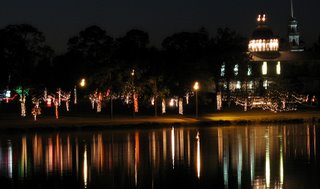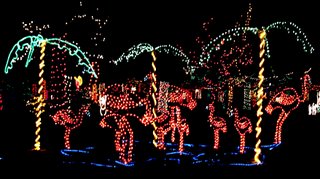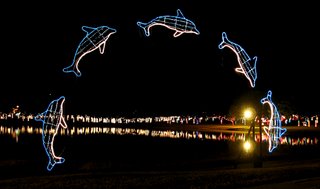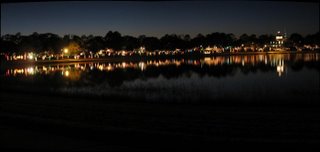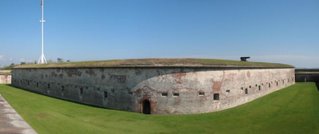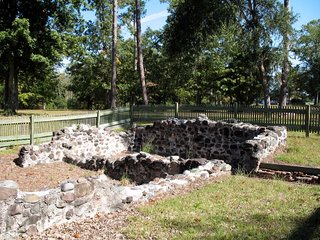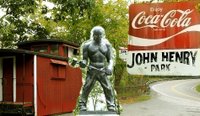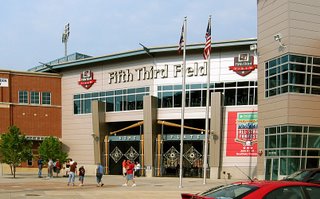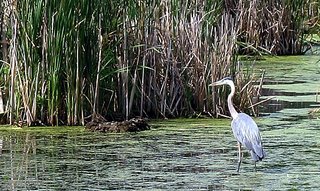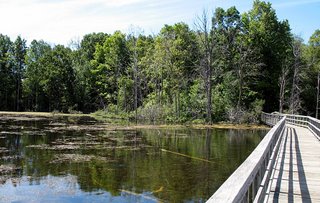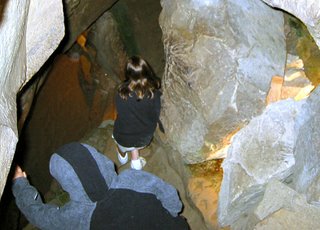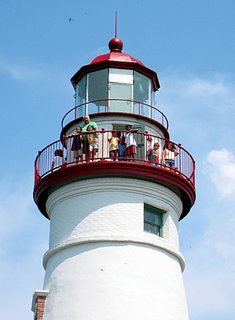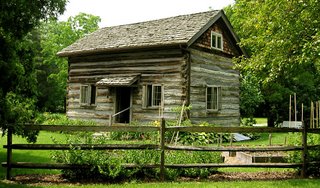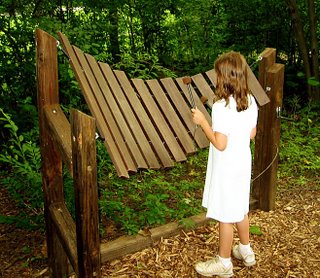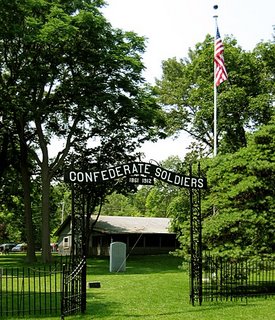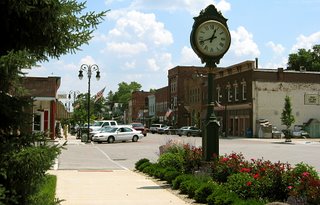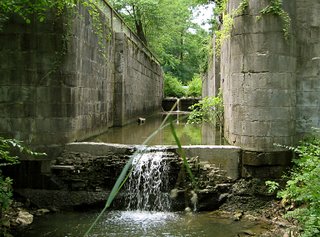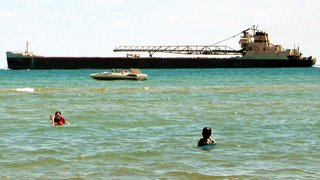 etroit Tigers
etroit Tigers
are going to the World Series

The Battle of Guilford Court House was fought on March 15, 1781, 1900 British troops under then command of Lord Cornwallis faced 4400 American militia and Continentals under the command of General Nathanael Greene.
It is considered to be one of the most decisive Battles of the Revolutionary War.
Greene set up three lines of defense against the advancing British, the battle started at 12:30 and ended after 2 1/2 hours of intense and brutal fighting with Cornwallis forcing Greene to withdraw from the battlefield and retreat. Although the British claimed victory by holding the battlefield at the end of the day, it was a costly victory.
Cornwallis had lost over 25% of his troops, when
the British Parliament learned of the battle, Charles James Fox exclaimed, "Another such victory would destroy the British Army.
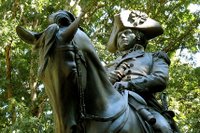
The first thing we did was go to the visitor’s center and watch the Battle Map Program, a lighted map show with narration that explains the movement of the troops and the timeline of the battle and a 20 minute film they have on the battle. There was another couple there at the same time, they started asking one of the volunteers a few questions and once she started talking about the battle there was just no stopping her, she went on for about an hour telling us a bunch of little things would never find out about if not for her.
We did the auto tour of the park which is in the middle of Greensboro (named after Nathanael Greene) but it seems like you’re out in the middle of the country. With all the stops and monuments in the park in turned out to be about an hour tour. We also found a monument marking the graves of two signers of the Declaration of Independence that buried here in the park.

We decided to take a “Jump into History” which is how they describe it when you enter the Airborne & Special Operations Museum at Fayetteville N.C.
It’s a good thing we had a large breakfast this morning because we ended up spending close to four hours here and missed lunch.The museum starts with the original concept of airborne troops in 1940, it explains the training of the first airborne troops and then follows them into WWII and the first airborne assault in North Africa, then Sicily, Italy, Jedburgh, Normandy, D-Day and then onto the Pacific theater. It covers every battle and assault that an airborne troops was ever involved in.

We got to walk through the fuselage of a C-47 transport, while overhead there is a full C-47 with troops parachuting out.
They have it set up like a
Bombed out French village that you walk through.
They had displays of the WACO CG-4A Glider used to transport troops and equipment, UH-1 & AH-6 Helicopters, a Sheridan tank and other weapons to many to mention.
Other areas explained their involvement in the Cold War, Korea, Vietnam, Grenada, Panama, the Persian Gulf, Desert Storm and more, if an airborne troop was there it’s covered in the museum.
The museum also covers the start of the OSS and tells of the many secret missions that they were responsible for.
There is a Hall of Hero’s honoring airborne troops that were awarded the Medal of Honor. At the theater they show “Descending from the Clouds” which is shown on a four story high screen, kind of like a Mini IMAX and the “Pitch, Roll & Yaw Vista Dome Motion Simulator, I gave this a try while Cathy waited outside.

Since we were in the area and it was going to be a freebee we decided to go to the N. Carolina State Zoo in Asheboro. The zoo has nearly doubled in size since the last time we were here ten years ago. They made it so big they have two parking lots about a mile and a half apart so now you can just enter one end walk through the zoo and come out at the other were a shuttle bus is waiting to take you back to your car. Saves you from walking back thought the zoo to get to your car. They were still doing a lot of construction but just about all the exhibits were open.
It’s

amazing that I can still recall things that we saw 10 years ago that really stood out, but as I sit here now thinking I can’t come up with one outstanding thing we saw this time. I guess new and improved isn’t always better. If you have never been here before it would probably be a very enjoyable experience but if you were here before they redid it I would give it a pass.
Right now we are at Morehead City on the Outer Banks enjoying the ocean.
 The weather has been so nice here in Gulf Shores that we have decided to stay another month and see what the winter brings, that and the fact that we were both to lazy to move to a different area during the holidays.
The weather has been so nice here in Gulf Shores that we have decided to stay another month and see what the winter brings, that and the fact that we were both to lazy to move to a different area during the holidays.



